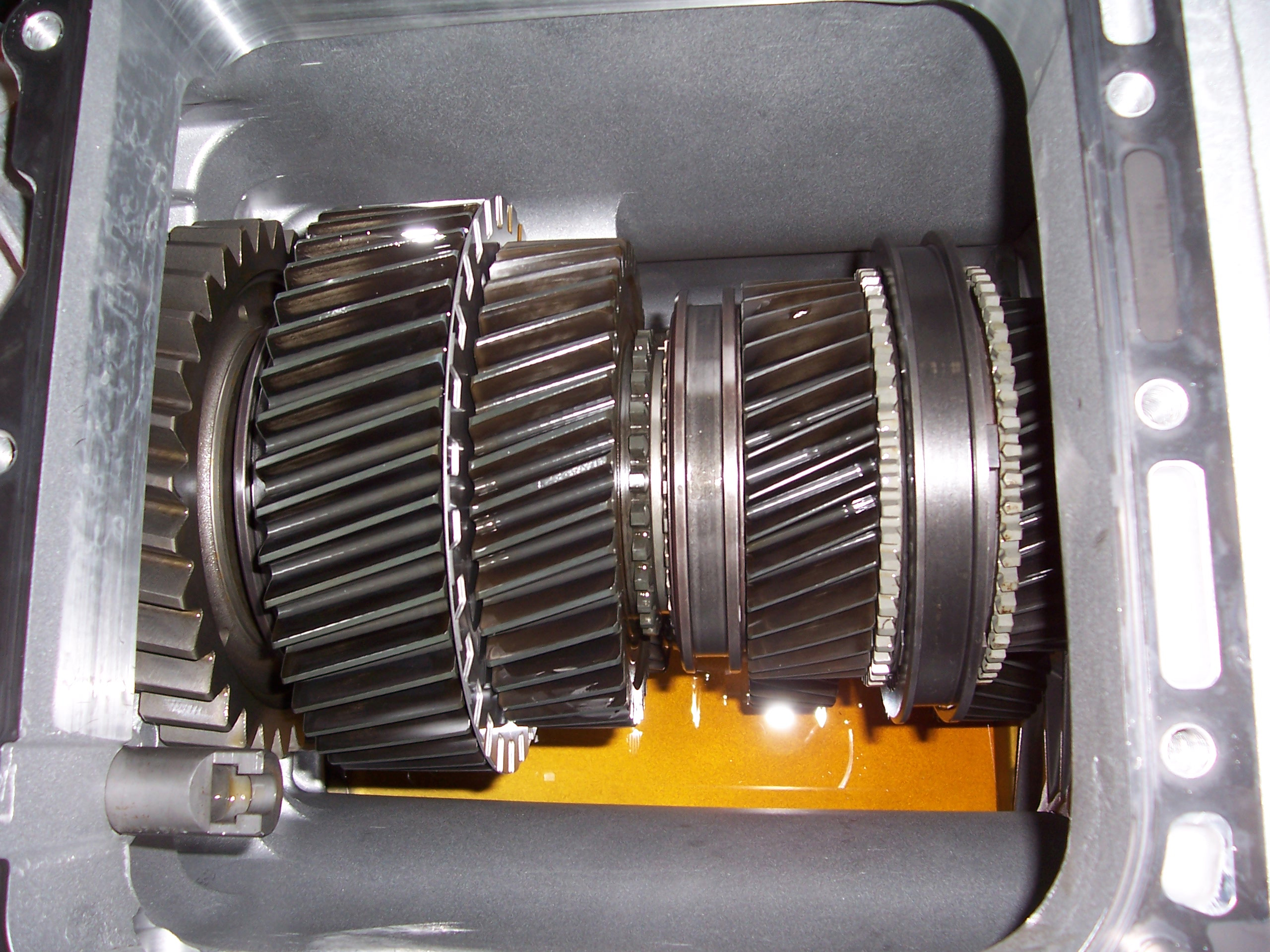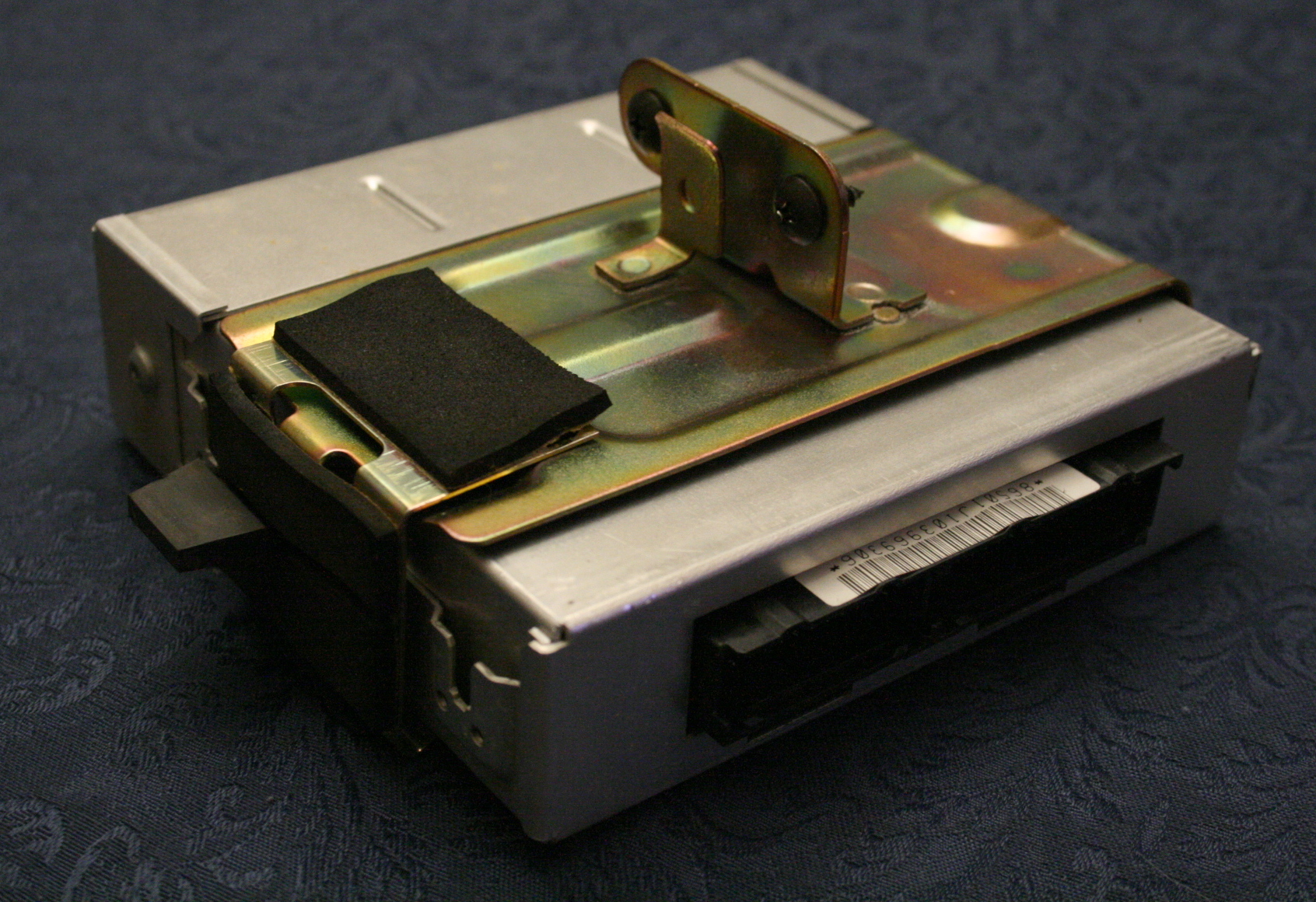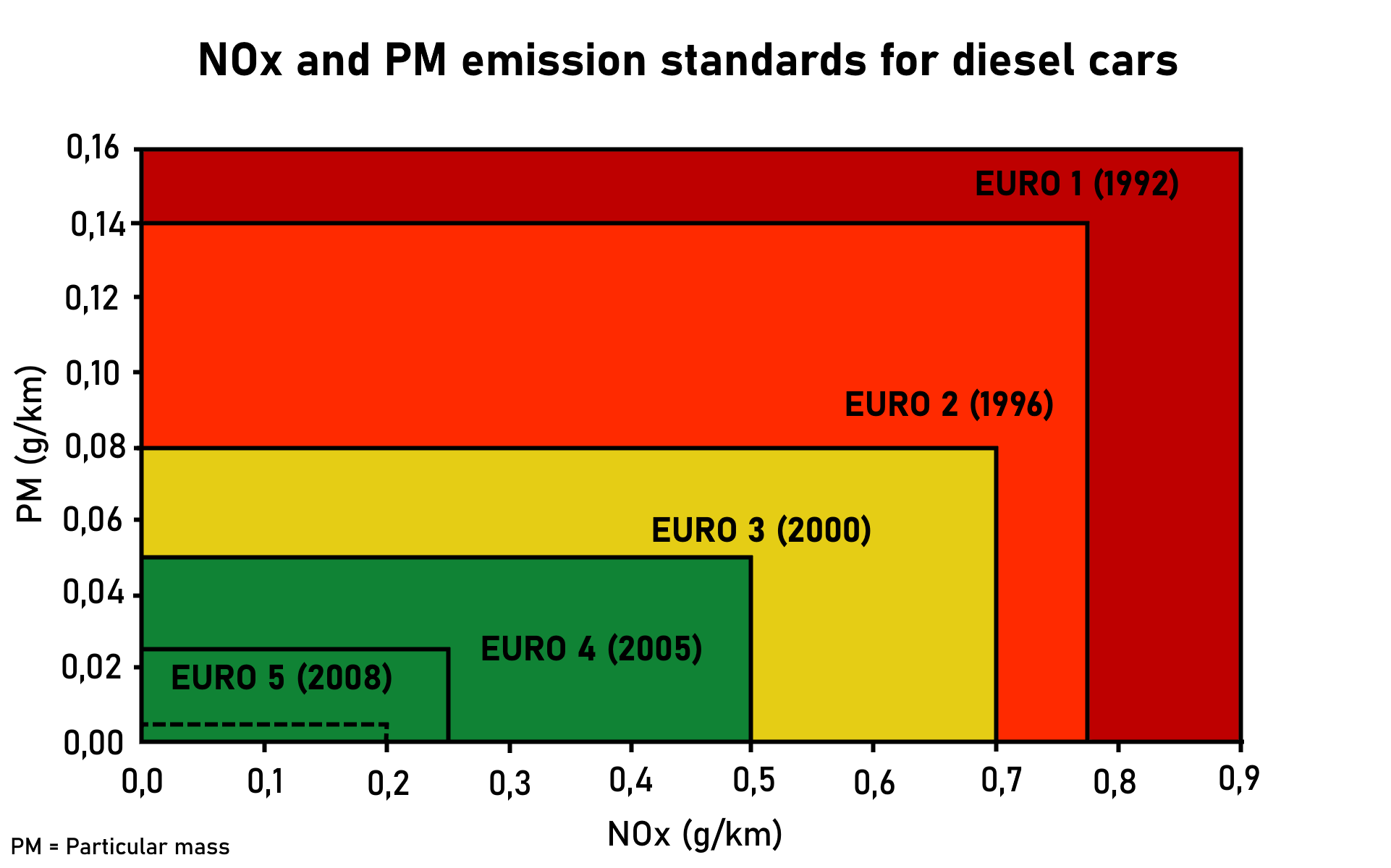|
Volvo I-Shift
The Volvo I-Shift is an automated manual transmission developed by Volvo subsidiary ''Volvo Powertrain AB'' for Volvo Trucks and Volvo Buses, with 12 forward gears and 4 reverse gears. It became available for trucks in 2001 and later buses in 2004. Design Technically the I-Shift is an unsynchronised parallel-shaft gearbox, with an electronic control unit, responsible for operating the pneumatic system that handles the clutch and shifts. It constantly receives information about vehicle speed, acceleration, weight, road grade, torque demand and more, and can adjust revs and engine brake effect. The I-Shift uses different software for different type of application. The I-Shift has no clutch pedal. It is controlled either by a gearstick mounted on the driver's seat or by buttons on the dashboard, just like a standard automatic gearbox. With the gearstick, the driver can use buttons to manually select gear, although this feature is disabled on some vehicles (where the gearstick has no ... [...More Info...] [...Related Items...] OR: [Wikipedia] [Google] [Baidu] |
Automated Manual Transmission
The automated manual transmission (AMT) is a type of transmission for motor vehicles. It is essentially a conventional manual transmission but uses automatic actuation to operate the clutch and/or shift between gears. Many early versions of these transmissions that are semi-automatic in operation, such as ''Autostick'', which automatically control only the clutch — often using various forms of clutch actuation, such as electro-mechanical, hydraulic, pneumatic, or vacuum actuationhttp://hudsonterraplane.com/tech/other/DrivemasterServiceInformation.pdf — but still require the driver's manual input and full control to initiate gear changes by hand. These systems that require manual shifting are also referred to as clutchless manual systems. Modern versions of these systems that are fully automatic in operation, such as ''Selespeed'' and ''Easytronic'', can control both the clutch operation and the gear shifts automatically, by means of an ECU, therefore requiring no manu ... [...More Info...] [...Related Items...] OR: [Wikipedia] [Google] [Baidu] |
Volvo
The Volvo Group ( sv, Volvokoncernen; legally Aktiebolaget Volvo, shortened to AB Volvo, stylized as VOLVO) is a Swedish multinational manufacturing corporation headquartered in Gothenburg. While its core activity is the production, distribution and sale of trucks, buses and construction equipment, Volvo also supplies marine and industrial drive systems and financial services. In 2016, it was the world's second-largest manufacturer of heavy-duty trucks. Automobile manufacturer Volvo Cars, also based in Gothenburg, was part of AB Volvo until 1999, when it was sold to the Ford Motor Company. Since 2010 Volvo Cars has been owned by the automotive company Geely Holding Group. Both AB Volvo and Volvo Cars share the Volvo logo and cooperate in running the Volvo Museum in Sweden. The corporation was first listed on the Stockholm Stock Exchange in 1935, and was on the NASDAQ indices from 1985 to 2007. Volvo was established in 1915 as a subsidiary of SKF, a ball bearing manufacturer; ... [...More Info...] [...Related Items...] OR: [Wikipedia] [Google] [Baidu] |
Volvo Trucks
Volvo Trucks ( sv, Volvo Lastvagnar) is a truck manufacturing division of Volvo based in Gothenburg, Sweden. Volvo Trucks was a separate company within Volvo. The Volvo Group was reorganised on 1 January 2012 and as a part of the process, Volvo Trucks ceased to be a separate company and was instead incorporated into Volvo Group Trucks along Volvo's other truck operations, as Renault Trucks and Mack Trucks.Volvo Group reorganizes global truck business FleetOwner, 4 October 2011. Retrieved 19 November 2022. The first Volvo truck rolled off the production lines in 1928, and in 2016 Volvo Trucks employed more than 52,000 people around the world. With global headquarters in |
Volvo Buses
Volvo Buses (Volvo Bus Corporation / formal name: ''Volvo Bussar AB'') (stylized as VOLVO) is a subsidiary and a business area of the Swedish vehicle maker Volvo, which became an independent division in 1968. It is based in Gothenburg. It is one of the world's largest bus manufacturers, with a complete range of heavy buses for passenger transportation. The product range includes complete buses and coaches as well as chassis combined with a comprehensive range of services. The bus operation has a global presence, with production in Europe, North and South America, Asia and Australia. In India it set up its production facility in Bangalore. A former production facility was located in Irvine, Scotland (closed in 2000). Products Chassis Codes in parentheses are VIN codes for the chassis models. Historical *1930s/40s: B10, B12 *1950s: B627 *1950s–1960s: B615/B616/B617 *1950s–1960s: B635/B638 *1950s–1960s: B705 *1950s–1960s: B725/B727 *1951–1963: B655 (mid-engine)/B656/ ... [...More Info...] [...Related Items...] OR: [Wikipedia] [Google] [Baidu] |
Non-synchronous Transmission
A non-synchronous transmission, also called a crash gearbox, is a form of manual transmission based on gears that do not use synchronizing mechanisms. They require the driver to manually synchronize the transmission's input speed (engine RPM) and output speed (driveshaft speed). Non-synchronous transmissions are found primarily in various types of industrial machinery; such as tractors and semi-tractors. Non-synchronous manual transmissions are also found on motorcycles, in the form of constant-mesh sequential manual transmissions. Prior to the 1950s and 1960s, most cars used constant-mesh (and also sliding-mesh) but non-synchronous transmissions. History Most early automobiles were rear-engined, using a single-speed transmission and belt-drive to power the rear wheels. In 1891, the French Panhard et Levassor automobile used a three-speed manual transmission and is considered to have set the template for multi-speed manual transmissions in motor vehicles. This transmission ... [...More Info...] [...Related Items...] OR: [Wikipedia] [Google] [Baidu] |
Electronic Control Unit
An electronic control unit (ECU), also known as an electronic control module (ECM), is an embedded system in automotive electronics that controls one or more of the electrical systems or subsystems in a car or other motor vehicle. Modern vehicles have many ECUs, and these can include some or all of the following: engine control module (ECM), powertrain control module (PCM), transmission control module (TCM), brake control module (BCM or EBCM), central control module (CCM), central timing module (CTM), general electronic module (GEM), body control module (BCM), and suspension control module (SCM). These ECUs together are sometimes referred to collectively as the car's computer though technically they are all separate computers, not a single one. Sometimes an assembly incorporates several individual control modules (a PCM often controls both the engine and the transmission). [...More Info...] [...Related Items...] OR: [Wikipedia] [Google] [Baidu] |
Pneumatics
Pneumatics (from Greek ‘wind, breath’) is a branch of engineering that makes use of gas or pressurized air. Pneumatic systems used in industry are commonly powered by compressed air or compressed inert gases. A centrally located and electrically-powered compressor powers cylinders, air motors, pneumatic actuators, and other pneumatic devices. A pneumatic system controlled through manual or automatic solenoid valves is selected when it provides a lower cost, more flexible, or safer alternative to electric motors, and hydraulic actuators. Pneumatics also has applications in dentistry, construction, mining, and other areas. Gases used in pneumatic systems Pneumatic systems in fixed installations, such as factories, use compressed air because a sustainable supply can be made by compressing atmospheric air. The air usually has moisture removed, and a small quantity of oil is added at the compressor to prevent corrosion and lubricate mechanical components. Factory-plumb ... [...More Info...] [...Related Items...] OR: [Wikipedia] [Google] [Baidu] |
Overdrive (mechanics)
Overdrive is the operation of an automobile cruising at sustained speed with reduced engine revolutions per minute (RPM), leading to better fuel consumption, lower noise, and lower wear. The term is ambiguous. The most fundamental meaning is that of an overall gear ratio between engine and wheels, such that the car is ''over-geared'', and cannot reach its potential top speed, i.e. the car could travel faster if it were in a lower gear, with the engine turning at higher RPM. The power produced by an engine increases with the engine's RPM to a maximum, then falls away. The point of maximum power is somewhat lower than the absolute maximum RPM to which the engine is limited, the " redline" RPM. A car's speed is limited by the power required to drive it against air resistance, which increases with speed. At the maximum possible speed, the engine is running at its point of maximum power, or ''power peak'', and the car is traveling at the speed where air resistance equals that max ... [...More Info...] [...Related Items...] OR: [Wikipedia] [Google] [Baidu] |
Newton Metre
The newton-metre (also newton metre or newton meter; symbol N⋅m or N m) is the unit of torque (also called ) in the International System of Units (SI). One newton-metre is equal to the torque resulting from a force of one newton applied perpendicularly to the end of a moment arm that is one metre long. The nonstandard notation ''Nm'' occurs in some fields. The unit is also used less commonly as a unit of work, or energy, in which case it is equivalent to the more common and standard SI unit of energy, the joule.For example: Eshbach's handbook of engineering fundamentals - 10.4 Engineering Thermodynamics and Heat Transfer "In SI units the basic unit of energy is newton-metre". In this usage the metre term represents the distance travelled or displacement in the direction of the force, and not the perpendicular distance from a fulcrum as it does when used to express torque. This usage is generally discouraged, since it can lead to confusion as to whether a given quantit ... [...More Info...] [...Related Items...] OR: [Wikipedia] [Google] [Baidu] |
Euro III
The European emission standards are vehicle emission standards for pollution from the use of new land surface vehicles sold in the European Union and EEA member states and the UK, and ships in EU waters. The standards are defined in a series of European Union directives staging the progressive introduction of increasingly stringent standards. , the standards do not include non-exhaust emissions such as particulates from tyres and brakes. Details of Euro 7 have been postponed to 12 October 2022. Background In the European Union, emissions of nitrogen oxides (), total hydrocarbon (THC), non-methane hydrocarbons (NMHC), carbon monoxide (CO) and particulate matter (PM) are regulated for most vehicle types, including cars, trucks (lorries), locomotives, tractors and similar machinery, barges, but excluding seagoing ships and aeroplanes. For each vehicle type, different standards apply. Compliance is determined by running the engine at a standardised test cycle. Non-co ... [...More Info...] [...Related Items...] OR: [Wikipedia] [Google] [Baidu] |
Dual-clutch Transmission
A dual-clutch transmission (DCT) (sometimes referred to as a twin-clutch transmission) is a type of multi-speed motor vehicle, vehicle Transmission (mechanics), transmission system, that uses two separate clutches for odd and even gear train, gear sets. The design is often similar to two separate manual transmissions with their respective clutches contained within one housing, and working as one unit. In car and truck applications, the DCT functions as an automatic transmission, requiring no driver input to change gears. The first DCT to reach production was the ''Easidrive'' automatic transmission introduced on the Hillman Minx#Audax design Hillman Minx (Series I to Series VI, 1956–67), 1961 Hillman Minx mid-size car. This was followed by various eastern European tractors through the 1970s (using manual operation via a single clutch pedal), then the Porsche 962, Porsche 962 C racing car in 1985. The first DCT of the modern era was used in the 2003 Volkswagen Golf Mk4#R32 (200 ... [...More Info...] [...Related Items...] OR: [Wikipedia] [Google] [Baidu] |






